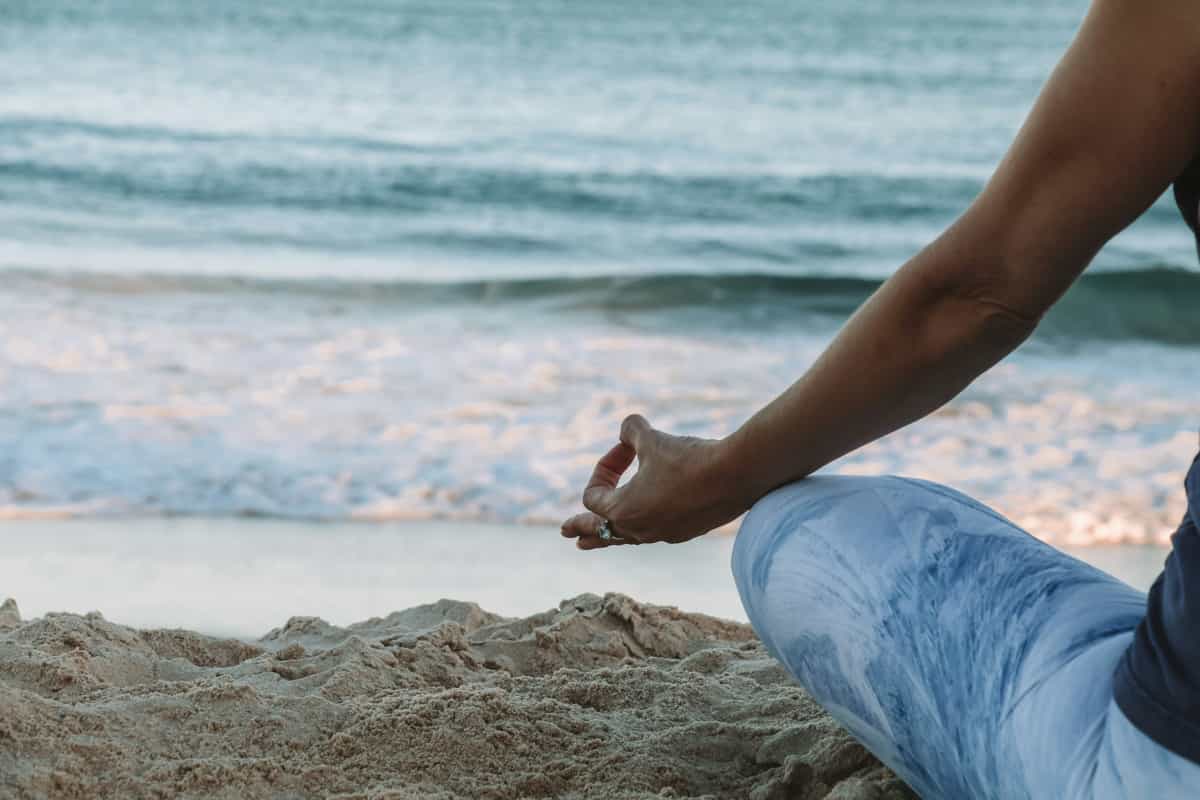This article explores the perceived tension between mindfulness and competitive performance in gaming. While some players fear that being “too calm” might dull their edge, research and experience show that mindfulness enhances decision-making, emotional regulation, and long-term consistency. The key is finding a balance—using mindfulness not to suppress energy but to refine it.
Mindfulness vs Performance: Finding the Right Balance
If you’re a gamer who plays to win, the idea of meditating before a match might feel counterintuitive. Isn’t intensity what drives performance? Isn’t being too calm risky in a high-speed environment like ranked shooters or competitive MOBAs?
That’s a common concern. Many players fear that mindfulness means passivity or detachment—two things no one wants mid-clutch. But the truth is, mindfulness and performance aren’t opposites. They’re partners.
The Myth: Mindfulness Makes You Passive
A lot of players equate mindfulness with zoning out or becoming “too chill.” In reality, mindfulness is about being fully present. It’s not about removing emotions, but recognizing them without letting them take control.
In performance terms, this allows you to respond rather than react. You notice your frustration, your panic, your excitement—and then you choose how to act.
A study from the Journal of Cognitive Enhancement found that mindfulness improves sustained attention, decision-making, and cognitive flexibility (source: Journal of Cognitive Enhancement – https://doi.org/10.1007/s41465-017-0019-3). These are exactly the traits needed in high-stakes competitive environments.
The Science Behind the Balance
Neuroscience supports the idea that mindfulness improves the same brain functions that competitive gaming demands:
- Prefrontal cortex activity increases, boosting decision-making and impulse control
- Amygdala reactivity decreases, helping manage tilt and emotional overdrive
- Default mode network quiets down, allowing for better focus on the moment
This balance of calm and control leads to what psychologists call flow state—a condition where performance is effortless, focused, and high-level (source: APA – https://www.apa.org/news/press/releases/stress/2014/mindfulness).
When Mindfulness Enhances Performance
- Pre-game: Use it to calm nerves, set your intention, and focus attention
- In-game: Use it between rounds or during pauses to reset tilt or refocus
- Post-game: Use it to debrief, reflect, and let go of negative outcomes
A short mindfulness practice before your session helps you enter with clarity, while momentary breathing techniques during the match help you stay composed. This isn’t a ritual that removes competition—it’s one that refines your ability to thrive under pressure.
When Too Much “Calm” Becomes a Problem
There is a catch. If you mistake mindfulness for emotional suppression, you risk dulling your motivation. Mindfulness is not the same as detachment.
Here’s how to avoid going too far:
- Stay emotionally engaged with the match, but don’t identify with every emotion
- Set goals and visualize success to maintain drive
- Use energizing breathwork (like rhythmic inhales) to stay alert if you feel flat
It’s about managing energy—not eliminating it.
Strategies to Balance Calm and Competitiveness
- 3–2–1 Routine
3 minutes breathing, 2 minutes intention setting, 1 minute visualization
Helps align focus with performance energy - Active Meditation
Use walking or dynamic breathwork before games rather than seated stillness
Good for players who want alertness, not sedation - Performance Journaling
Reflect on how mindfulness affects your matches—track patterns, energy, outcomes
This helps personalize your balance point - Use Mindfulness Tools Selectively
Save deeper meditation for post-session cooldowns
Use short, energizing practices before and during
Final Thoughts
You don’t have to choose between being mindful and being competitive. In fact, the best players are both. Mindfulness enhances performance by helping you manage your mind—not mute it.
The key is intention. Use mindfulness as a tool to focus, not retreat. Approach every game with awareness, clarity, and controlled intensity—and you’ll not only perform better, but enjoy the game more.
Citations
- Journal of Cognitive Enhancement – https://doi.org/10.1007/s41465-017-0019-3
- American Psychological Association – https://www.apa.org/news/press/releases/stress/2014/mindfulness
- Harvard Health – https://www.health.harvard.edu/blog/mindfulness-meditation-improves-reaction-time-2020040719439
- Frontiers in Psychology – https://www.frontiersin.org/articles/10.3389/fpsyg.2015.00766/full
- Mindful.org – https://www.mindful.org/mindfulness-and-performance-how-they-work-together
- Headspace – https://www.headspace.com
- Esports Healthcare – https://www.esportshealthcare.com/mindfulness-in-esports/


